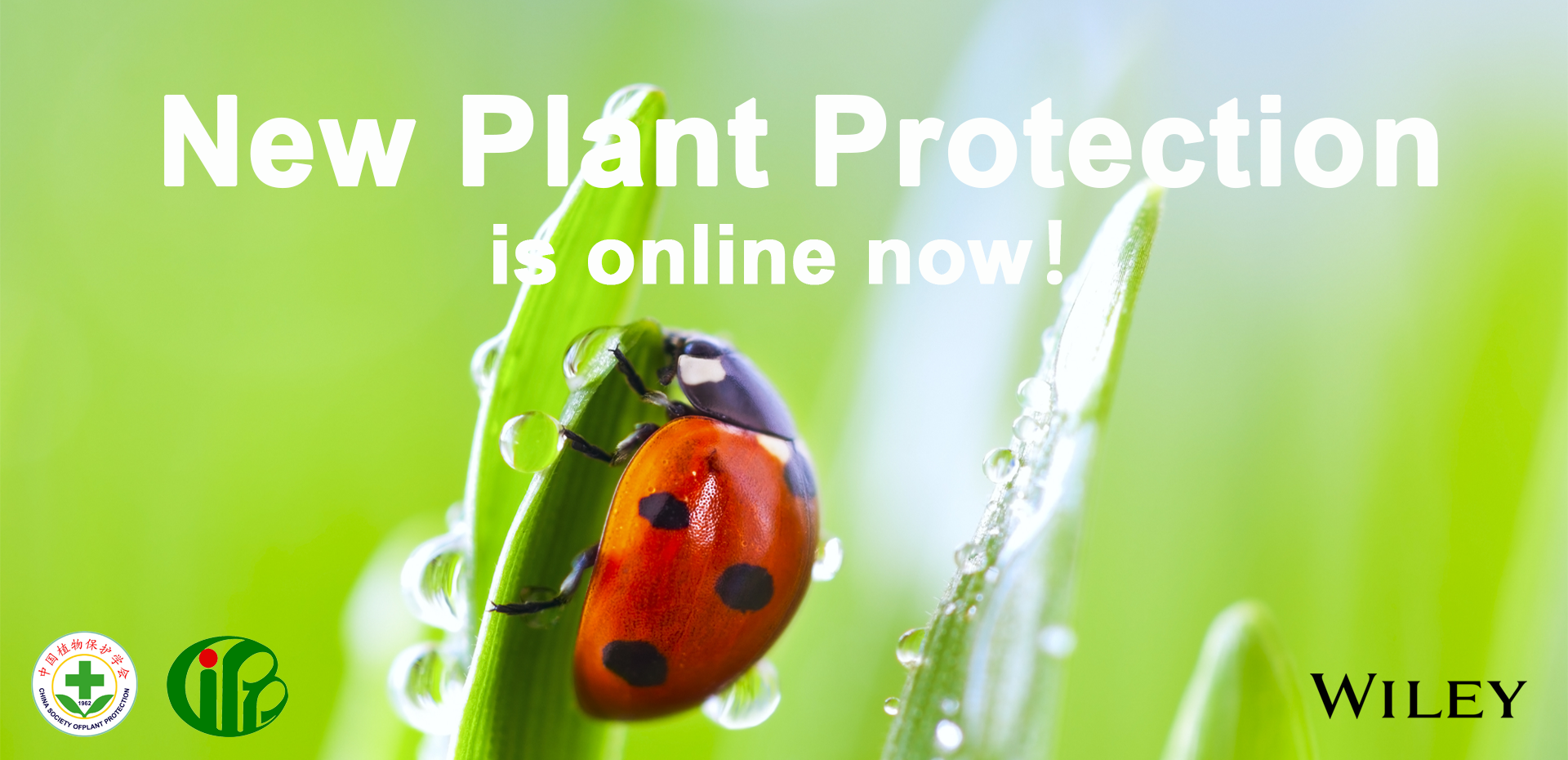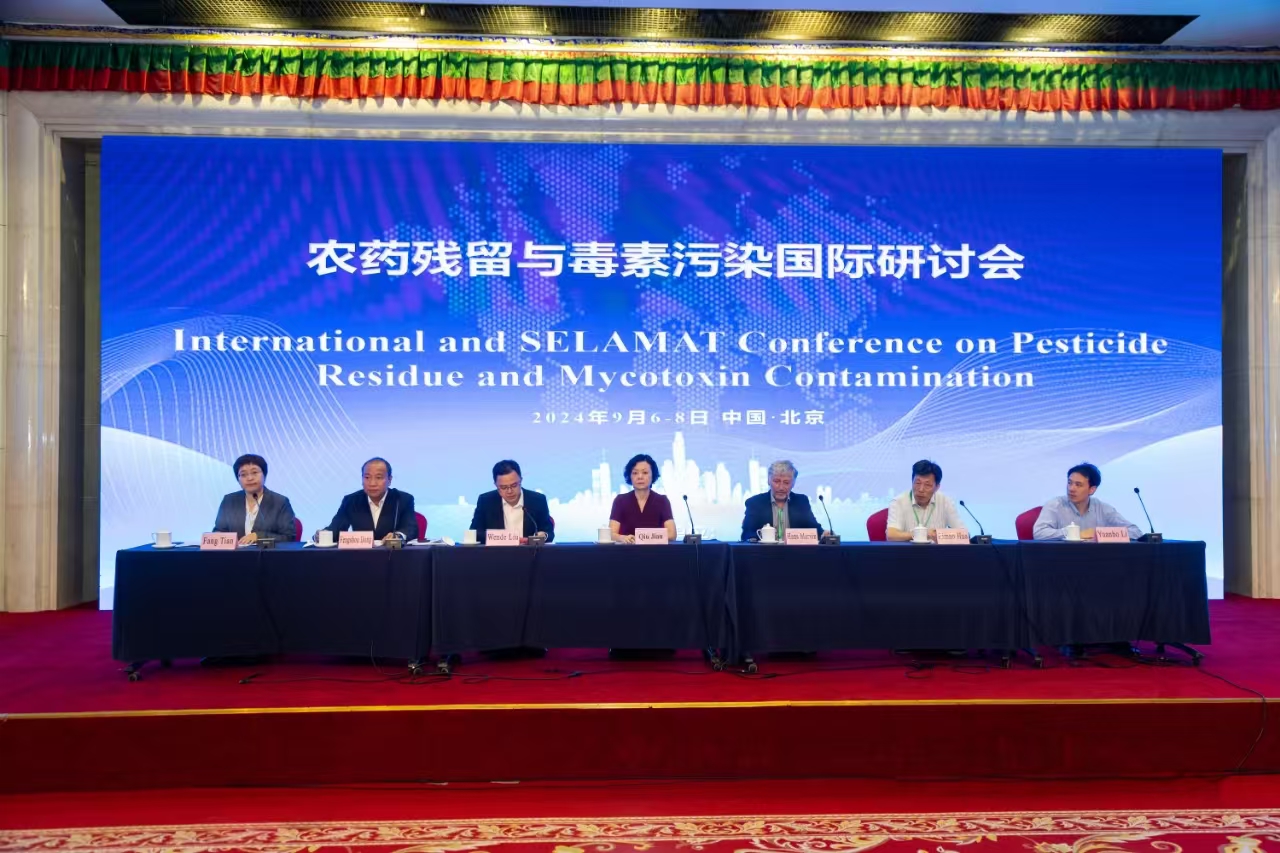The 2nd Technical Workshop of China-Britain Cooperation Project Integrating Advanced Earth Observation and Environmental Information for Sustainable Management of Crop Pests and Diseases was Held Successfully in Beijing
The Institute of Plant Protection, Chinese Academy of Agricultural Sciences (IPP-CAAS) convened the 2nd Technical Workshop of China-British Cooperation Project Integrating Advanced Earth Observation and Environmental Information for Sustainable Management of Crop Pests and Diseases in late May in China. The project is co-financed by the National Natural Science Foundation of China (NSFC) and the British Science and Technology Facilities Council (STFC, UK). The member institutions of the project include Commonwealth Agricultural Bureau International (CABI), Rothamsted Research, King's University of London, Assimila Ltd., UK, and Institute of Remote Sensing and Digital Earth, Chinese Academy of Sciences (RADI-CAS), National Agricultural Technology Extension Service Center (NATESC) of the Ministry of Agriculture (MOA), Institute of Plant Protection, Chinese Academy of Agricultural Sciences (IPP-CAAS), Zhejiang University (ZJU), National Aviation Plant Protection Technology Innovation Alliance (NAPP) of China.
The workshop consisted of academic reports and field investigations. The academic symposium was held from May 23 to 24 in Beijing. Dr. WANG Lixia, deputy director of the Department of International Cooperation and Graduate Student, IPP, chaired the opening ceremony and the comprehensive report meeting. Dr. Andy SHAW, STFC project director, and Dr. Glen NOBEL, deputy director of the China Affairs Office of the British Research Council (RCUK) delivered speeches. Both of them expressed great concern about the progress of this project, fully affirmed the project achievements in the field of agricultural pest forecasting and control. They will continue to provide great support for the project. Chinese guests included LI Wencong from NSFC International Cooperation Bureau, Dr. LI Yufei from Rural Science Center of Ministry of Science and Technology (MOST), Dr. CHEN Mingmei from RADI-CAS, and Prof. QIU Dewen, DDG of IPP-CAAS. They all said they would continue to provide the necessary conditions for the China-Britain cooperation. On behalf of the organizers, DDG QIU expressed warm welcome and heartfelt thanks for the arrival of all participants. He hoped participants would fully exchange ideas, enjoy the wonderful academic meeting and the field agenda, and reach a consensus on the project development and further cooperation.
During the comprehensive report meeting, Dr. HUANG Wenjiang, Chinese-chief of the project from RADI-CAS, presented the overall progress of the project, demonstrating a national system platform and a series of special region maps as well as various reports and extension results on remote sensing monitoring and forecasting crop diseases and insect pests developed by the team. Furthermore, he put forward the next steps in the project plan. Prof. Belinda LUKE, British-chief of the project from CABI, gave an account of the research and application of bio-pesticides in the field of crop disease and insect pest control.
The meeting especially invited Dr. LI Yifei from MOST, Dr. ZHU Jingquan from NATESC of MOA, Prof. ZHANG Zehua from IPP-CAAS, Prof. MENG Yanhua from NAPP and Dr. Jon STYLES from Assimila UK to give new insights on the current situation of forecasting crop pests and diseases, controlling grasshoppers with sustainable green technology, prospecting of aviation technology in plant protection, constructing pest forecasting model with satellite remote sensing data and so forth. The latest information was important for the in-depth development of the project.
At the sessions on the project progress, the scientists from the ten work packages reported their progress, respectively. As representatives of IPP-CAAS, Dr. NONG Xiangqun reported the correction and verification of the effective accumulated temperature model for prediction locust development, and Dr. LIU Bo reported the prevalence of wheat stripe rust and disease identification. All the participants co-explored the analysis of the biological and environmental characteristics, monitoring data collection and fusion of locust occurrence and wheat stripe rust epidemics. They discussed the status quo and trends of integrating remote sensing and biology technology for crop diseases and insect pests. The participants also proposed to strive for the relevant funding to support future research on monitoring and green control of crop diseases and insect pests.
During the workshop, Chinese and British participants investigated the locust area at Dongying, Shandong Province, on May 19-20, wheat stripe rust experimental base at Langfang, Hebei Province, on May 22, and grasshopper area at Xilin Gol, Inner Mongolia, on May 25-26. The cooperative experiments, including monitoring of meteorological factors, vegetation and locust development as well as wheat stripe rust image feature collection and so on, had been deployed in the above areas.



-
 China-Laos Training Workshop on Integrated Management of Destructive Crop Pests and Diseases Successfully held in Laos
China-Laos Training Workshop on Integrated Management of Destructive Crop Pests and Diseases Successfully held in Laos -
 New Plant Protection: New challenge and new opportunity for plant protection
New Plant Protection: New challenge and new opportunity for plant protection -
 International and SELAMAT Conference on Pesticide Residue and Mycotoxin Contamination Held in Beijing
International and SELAMAT Conference on Pesticide Residue and Mycotoxin Contamination Held in Beijing -
 CAAS President Meets Chairman of ASEAN FAW Taskforce
CAAS President Meets Chairman of ASEAN FAW Taskforce
